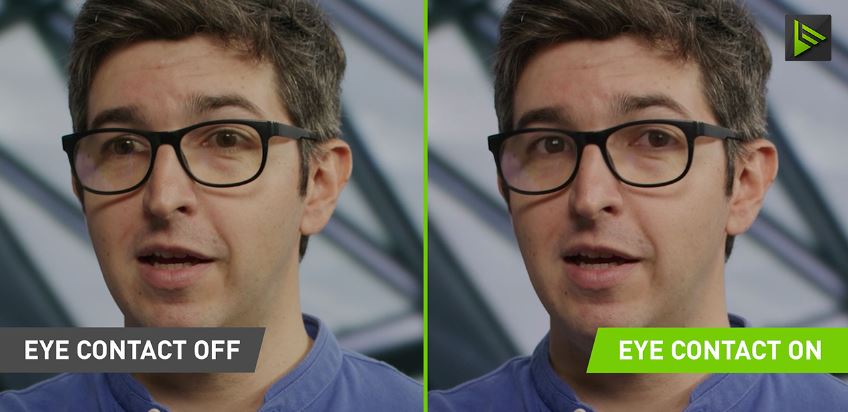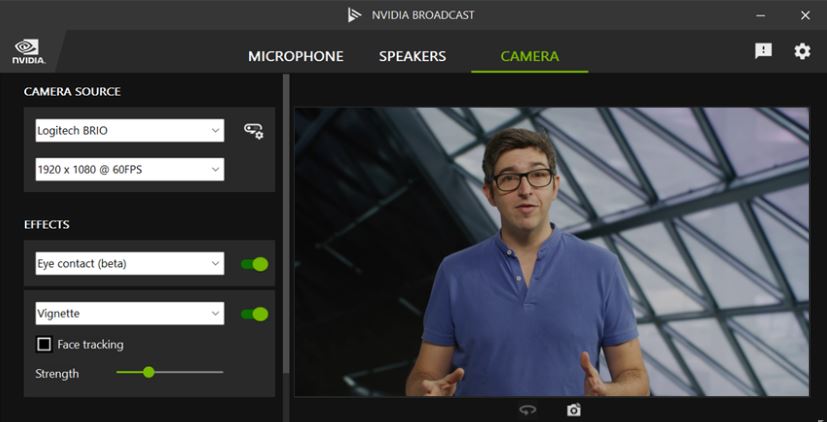OpenAI has launched GPT 5.2, a major model upgrade now available in both the API and ChatGPT. It is described as the company’s most…
Never break eye contact during a live broadcasting, here’s how

Here’s a great hack for never breaking eye contact during a live broadcast.
It’s called Nvidia, a tool for live streaming and video conferencing that turns any room into a home studio.
That’s actually the short description used by the Nvidia team.
Nvidia is a tech company that specializes in designing and manufacturing graphic processing units.
The graphics segment is Nvidia’s largest revenue stream and these graphics clearly don’t disappoint.
The interesting part about their current product offering is the eye contact effect, which simulates eye contact.
With a simple click on a setting, the feature ensures the speakers eyes never move from looking into the camera.
This is achieved by “estimating and aligning gaze” according to the Nvidia team.
“The eyes retain their natural color and blinks, and there’s even a disconnect feature in case you look too far away, to transition smoothly between simulated and real eyes.”
The effect is a great hack for content creators who want to be taken seriously on their craft.
Whether its live streaming for a niche group or broadcasting for a massive audience, content creators have an ideal secret weapon to ensure their audience is engaged while reading their compiled notes.
Eye contact remains an ideal component to public speaking.
Content creators now get to record themselves while reading of a script with their eyes glued to the lens the entire time.
This will most likely improve engagement with audiences.

The package comes with blur, replacement and removal virtual background effects tailored to achieve better final product imagery.
Users can test out virtual backgrounds, take screenshots and even customize information to achieve better segmentation and stability in the recording.
Nvidia promises improved performance from their package with better quality for virtual backgrounds.

